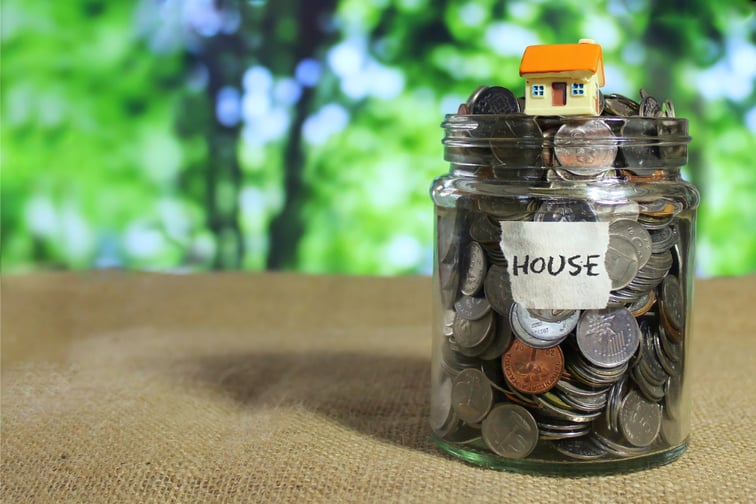

New Domain analysis has revealed that the property downturn has barely made a dent in the exorbitant deposit required to buy a first home.
Some first-home buyers who can’t put together a standard deposit opt to buy with a small one in a falling property market, putting them at risk of negative equity.
Domain data showed that despite Sydney house prices falling 8.3% from their peak, the median house price in the city was above $1.464 million, requiring buyers to come up with nearly $293,000 for a 20% deposit, WAtoday reported.
In Melbourne, the median house price is more than $1.028 million, with a 20% deposit of more than $205,000, despite a 6% drop from its peak.
To buy the median unit with a 20% deposit, a buyer would need to save nearly $151,000 in Sydney or more than $112,000 in Melbourne.
Buyers in more affordable capitals would still need a deposit of $162,000 for a Brisbane house or $129,000 for a house in Perth.
The figures exclude transaction costs and stamp duty.
In NSW, first-home buyers can now opt to pay an annual land tax instead of the upfront stamp duty, slashing the amount they need to save, although the deposit hurdle remains high, WAtoday reported.
Buyers also face increasing monthly mortgage repayments as the Reserve Bank hikes the cash rate to curb inflation. ABS figures showed that the value of loans to first-home buyers fell 26% in the year to September.
“The deposit required is still very high,” said Shane Oliver, AMP Capital chief economist. “We’ve really only gone back to where we were – depending on which property you’re looking at – back to the middle of last year or somewhere. It’s still very onerous, the amount that’s required that you need to save for.”
Although the NSW stamp duty change had somehow eased the burden, Oliver said it had not solved the fundamental problem.
Despite the high interest rates faced by Baby Boomers and Generation X, property prices were not as high.
“Your deposit hurdle was nowhere near as great,” Oliver said. “It enabled people to get into the property market. They’d have that interest rate burden up front, then interest rates fell.”
The high deposit gap is pushing many first-home buyers to seek alternatives.
Chris Foster-Ramsay, principal broker at Foster Ramsay Finance, said the way buyers put together a deposit was “chalk and cheese” compared with five or 10 years ago.
“Where there’s clients that are really set on a 20% deposit, there’s usually some level of family assistance there, whether it be a gift or an inheritance,” Foster-Ramsay said. “The clients will have saved a lot, but there will be a deposit match from family to a certain extent in most cases.”
Some savers buy with a 10% or 5% deposit and either pay lenders’ mortgage insurance or use a federal or state first home buyer scheme that allows low-deposit purchases but waives LMI, WAtoday reported.
Low-deposit buyers in a falling market risk ending up in negative equity, where they owe the bank more on their home loan than their property is worth.
Foster-Ramsay urged low-deposit buyers to look for established properties in well-connected areas, in terms of infrastructure and location, instead of buying off-the-plan or house and land packages.
Anthony Landahl, Equilibria Finance managing director, said despite the decrease in the deposit gap as property prices drop, saving a deposit remains one of the biggest challenges for first home buyers.
“One of the most important things for first-home buyers is to educate themselves around some of the state and federal government initiatives to assist first-home buyers,” Landahl said. “They make a massive difference to the deposit and the requirements around the deposit. It still remains one of the biggest challenges.”
He lauded the NSW stamp duty changes that allow buyers to use funds that would have been put aside for taxes on their deposit instead, but also warned that first-home buyers had been hit by rising mortgage costs.
“Even at a 5% deposit, getting into the Sydney or Melbourne markets can be a challenge for some first-home buyers,” Landahl said, adding that what might be a deposit of $50,000 “can take some time to save,” WAtoday reported.
